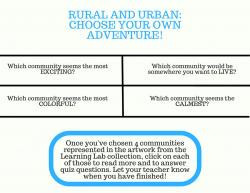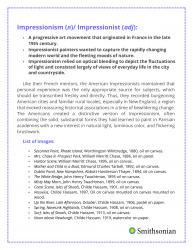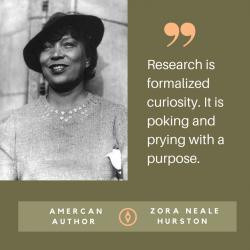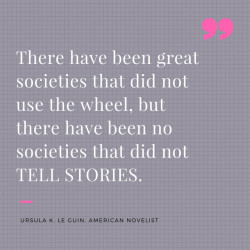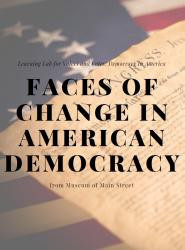museumonmainstreet Main Street
MoMS is excited to announce its Smithsonian's Stories from Main Street podcast! Inspired by all of the amazing stories that rural Americans across the country have shared with the Stories from Main Street program since its start in 2011, MoMS is delighted to present this podcast that shines a light on the culture of rural communities. This podcast is all about rural Americans and their amazing towns, and their connections to the content of Museum on Main Street exhibitions.
Everybody has a story to tell. The Smithsonian’s Stories from Main Street podcast shares the authentic voices and stories of people from small towns and rural communities across the United States. Gathered by MoMS and its partners, venues, and Stories: YES participants in towns all over, the stories featured in these curated episodes are raw, and real, and provide a unique window into the ever-changing, multi-faceted and diverse nature of America. Listen in and hear the patterns and connections in the stories—there may be differences between the miles, but there are probably a lot of similarities, too.
museumonmainstreet Main Street's collections
Alphabet Soup: Rural America and the New Deal
 museumonmainstreet Main Street
museumonmainstreet Main Street
Crossroads - Changes in American Agriculture
 museumonmainstreet Main Street
museumonmainstreet Main Street
Crossroads - Faces of American Agricultural Innovation
 museumonmainstreet Main Street
museumonmainstreet Main Street
Storytelling Training: Brainstorming and Going into the Field
 museumonmainstreet Main Street
museumonmainstreet Main Street
Storytelling Training: Creating Your Story
 museumonmainstreet Main Street
museumonmainstreet Main Street
Storytelling Training: Research and Content Gathering
 museumonmainstreet Main Street
museumonmainstreet Main Street
Thinking About "The Way We Worked"
 museumonmainstreet Main Street
museumonmainstreet Main Street
Voices and Votes - Faces of Change in American Democracy
 museumonmainstreet Main Street
museumonmainstreet Main Street
Voices and Votes - Power of the Press
 museumonmainstreet Main Street
museumonmainstreet Main Street


